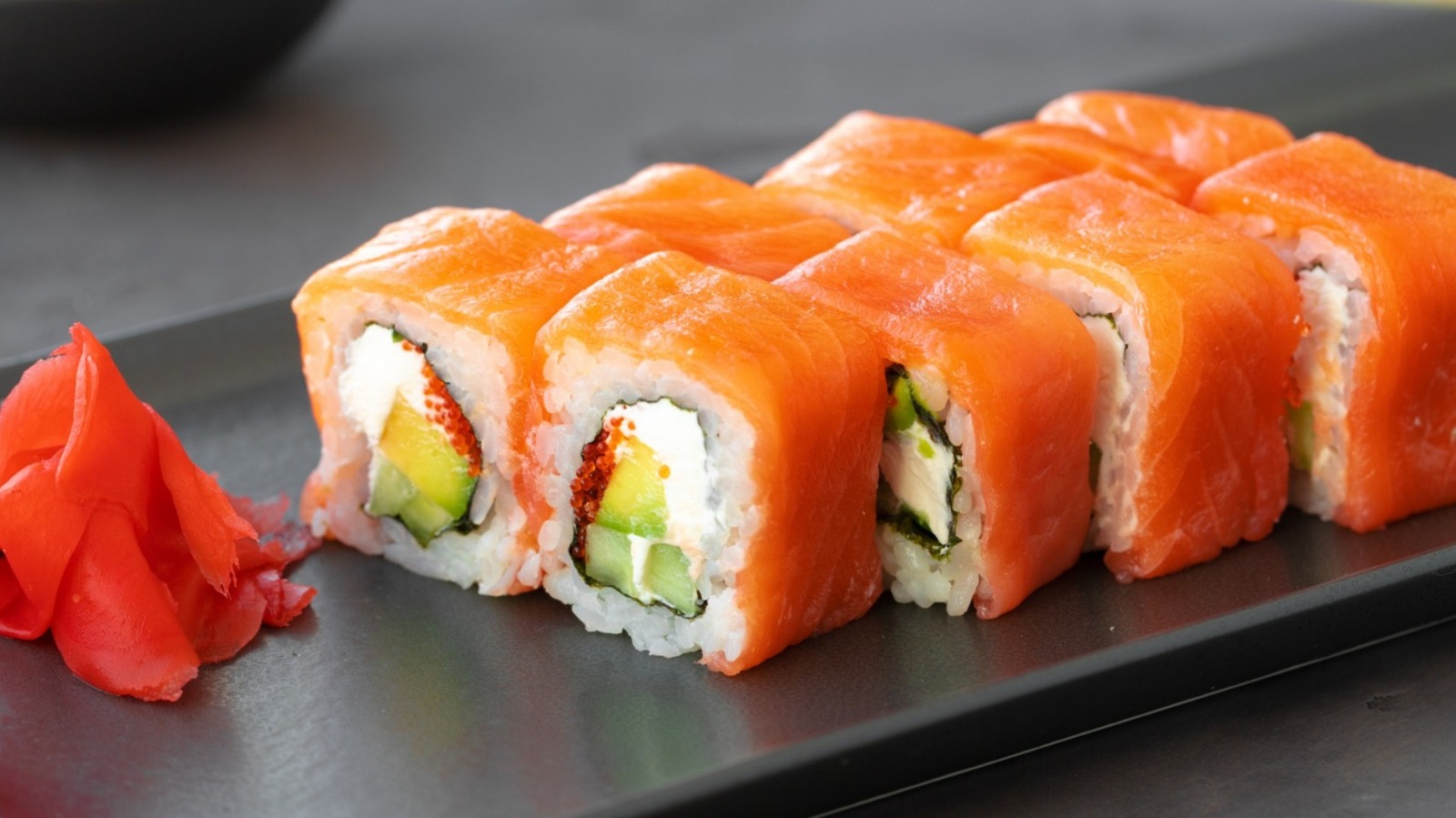Way back in the ’80s, in a little town called Philadelphia, one remarkable woman named Ai Saito was inspired by the large Jewish community and their influence on the food scene in “The City of Brotherly Love.” As a result, she fused Japanese sushi with a much-beloved deli staple: lox and cream cheese. It was christened the Philadelphia roll. Commissioned at the request of then-Philadelphia Mayor William J. Green III, Saito drew inspiration from a meal with Jewish friends in which lox and cream cheese were served, and the rest is, well, her-story. It’s one Saito is uniquely poised to tell. As she states on her website, “I consider myself a Japanese American, carrying with me an international feeling — thinking and speaking different languages.”
For the uninitiated, the Philadelphia sushi roll (or “Philly roll,” for short) is a type of sushi roll that traditionally does not contain raw fish. As such, it’s become a sort of “gateway drug” or easy entry point to the wider world of sushi (like the ever popular California roll with its imitation crab) for those who might one day become fans of this addictive Japanese delicacy. Creamy and flavor-packed, this inside-out roll (also known as uramaki) with rice on the outside and seaweed (nori) on the inside, marries the delicate smokiness of smoked salmon or lox with the tart zing of fatty cream cheese and thin sticks of cucumber, which work here as a fresh, crisp palate cleanser. This standout combination is both iconic and unmistakable, allowing those rich, smoky notes to linger just a little longer on your tongue without becoming too heavy.
How the Philly roll came to be
The Philadelphia roll is so scrumptious, you may have ordered and eaten it dozens (or even hundreds of times for those tried-and-true aficionados) before ever wondering how this particular roll came to be. But like all great immigrant food stories, it was born from the inspiration and influence of one culture on another that begins with proximity. In this way, the story of the Philadelphia roll is, inextricably, Ai Saito’s story. Saito was born in Kobe, Japan, and traveled extensively throughout her youth, including to France where she was dubbed “Madame Saito,” (a French term of respect akin to “Mrs. Saito”) that she enjoyed. She has gone by it ever since.
Apprenticing under multiple premier sushi chefs, as well as attending Le Cordon Bleu and Ritz-Escoffier culinary schools in France before moving to the States in the early ’80s, the self-proclaimed “Queen of Sushi” not only built a restaurant empire and sushi legacy for herself in her 40+ years in America, she also began teaching classes on the techniques and ingredients you need to make sushi at home to help “demystify” the dish for Westerners who were unfamiliar with it. It’s a labor of love she continues to this day. In a 2023 interview with news radio outlet Audacy, Saito said, “I feel happy because all the world knows about the Philly roll as smoked salmon and cream cheese. The children love the Philly roll, the old people and [the people] our age — everyone loves the Philly roll.”






